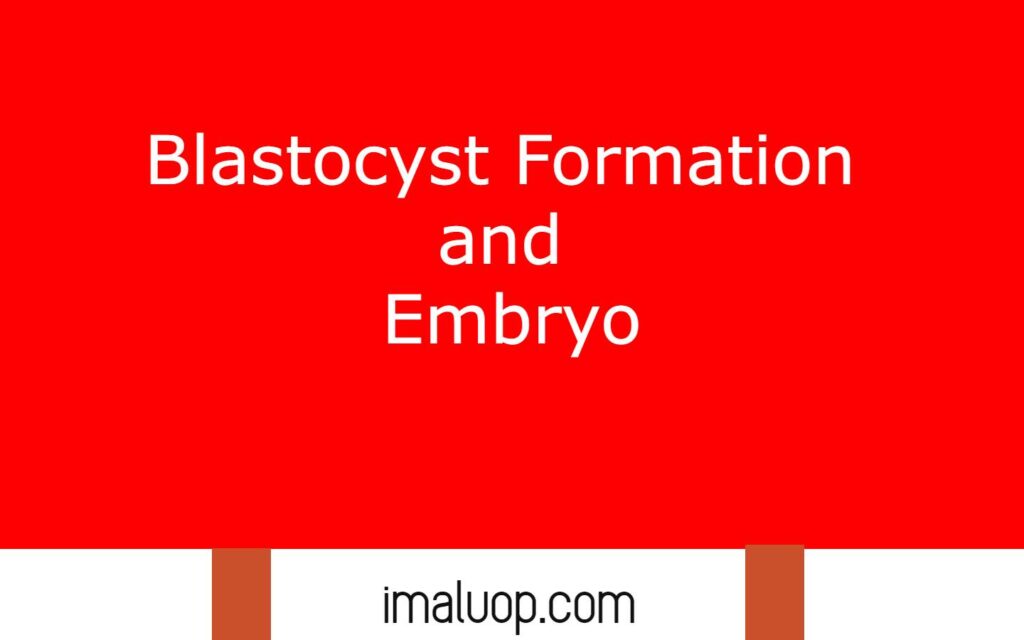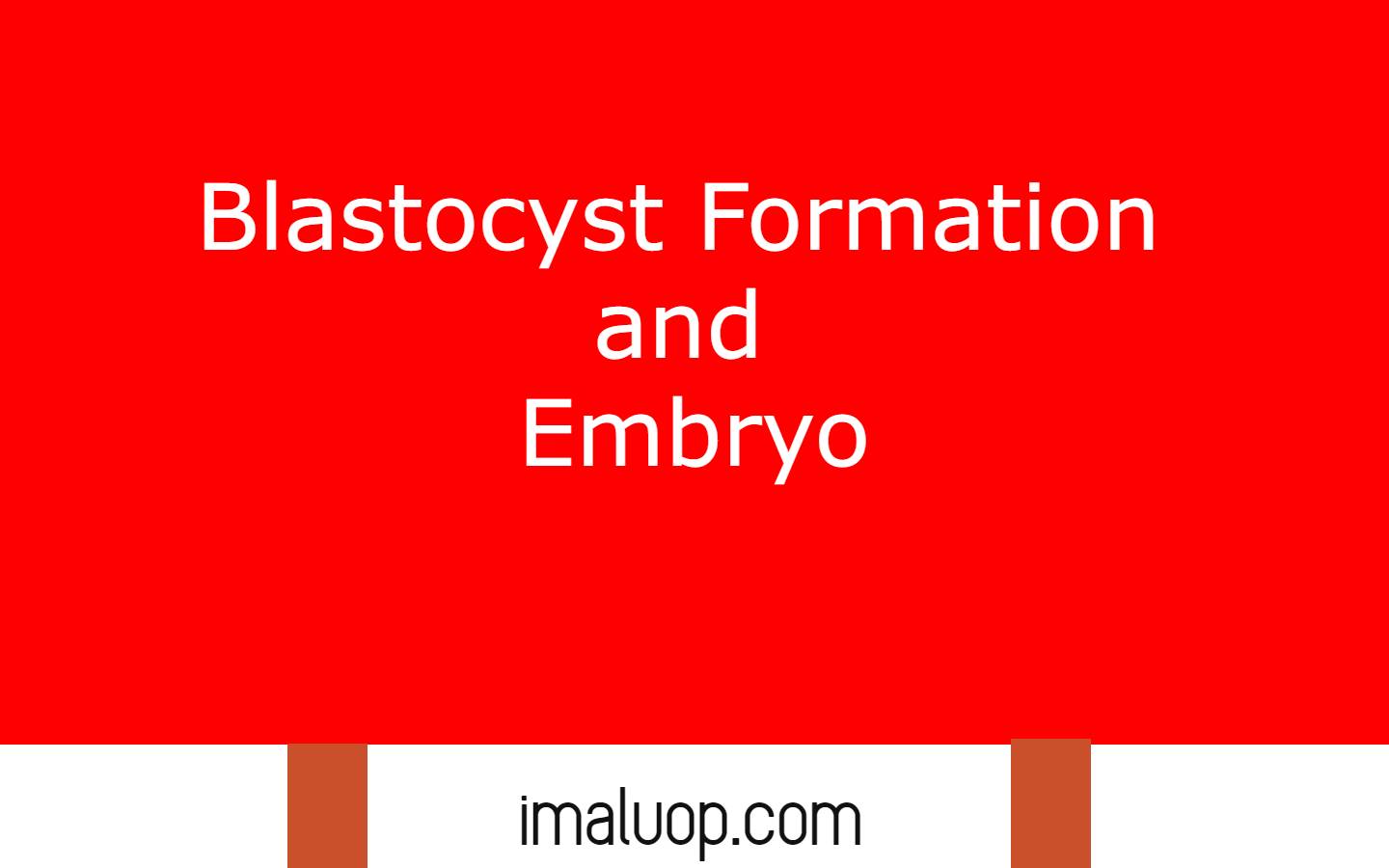In higher animals the embryonic development is much complex which passes through different stages and two very important stages of them are blastocyst formation and embryo and we will discuss both stages with their comparison as well as differences.
Table of Contents
What is Blastocyst:
Life of an organism starts from a single cell zygote which undergoes a special type of division called cleavage which makes the zygote in a different multicellular structure in embryonic development.
In embryonic development a multicellular hollow ball like cellular mass is formed which is known as blastocyst and it has a fluid filled hollow cavity inside it known as blastocoel and the other wall of the hollow shape is made by trophectoderm and a mass of cell present inside the wall know as inner cell mass.
The formation of blastocysts is known as blastulation and the outer trophectoderm is responsible for formation of placenta and other extraembryonic structures while the inner cell mass forms the body of the embryo in future.
In mammalian embryonic development blastulation is a specific stage because blastocysts formation only occurs in mammalian embryonic stem and the cell present in inner cell mass is a type of stem cell which differentiate to form other body tissues.
The Process in Blastulation:
As we discussed earlier, after fertilization the zygote shows cleavage division to form 2 celled, 4 celled, 8 celled, 16 celled stages and the individual cells formed during cleavage are known as blastomeres.
In 8 celled and 26 celled structure the blastomeres attached together by different types of cell junction and form a rounded solid mass of cells known as morula and the blastomeres start to secrete fluid.
The fluid secreted by the blastomeres continue to accumulate which make the solid mass of cells to a hollow ball like structure and the cells present inside form inner cell mass. Due to accumulation of this fluid s central cavity is formed which are known as blastocoel and the whole structure is known as blastocyst where the all cell differentiation into outer trophectoderm and inner cell mass.
The accumulation of fluid increases the size of blastocysts which creates a pressure and this pressure causes rupture of zona pellucida and this event is called as hatching, then the blastocysts prepare for implantation.
Difference Between Blastocyst and Embryo:
| Blastocysts | Embryo |
| Blastocysts formation does not occur in all organisms, it is a characteristic feature of mammalian embryonic development. | Embryo is a common structure in all organisms both in plants and animals though there are large differences between the embryo of plants and animals. |
| After the eggs are fertilized, the time taken to reach the hollow ball-like structure Blastocysts is around 14 days. | Embryo formation is a long term process as compared to blastulation and it is different in different species. |
| Blastocysts is formed by the process of blastulation where the accumulation of fluid secreted by blastomeres causes the hollow ball like structure, blastocysts and it is the result of cleavage division. | In mammalian embryonic development the embryo formation occurs after the blastulation and the embryo body is developed from the inner cell mass present inside the blastocysts. |
| It is an earlier stage after the fertilization and cleavage division which gives rise to the multicellular hollow ball like blastocysts through the process of blastulation after morula formation. | But in case of embryo formation a lot of process occurs after blastulation like formation of gastrula then neurulation and finally formation of different organs in embryo. |

Similarities Between Blastocysts and Embryo:
Blastocysts and embryos both start from a single celled zygote and the results of equal division so they are multicellular diploid structures in embryonic development.
Read More: ABO Blood Group and Rh Group System
Hi Everyone!!! Welcome to Imaluop. Imaluop always try to learn some new and he want to share to other people. Here we will try to learn various topics on Science, specially on Biological Sciences.
